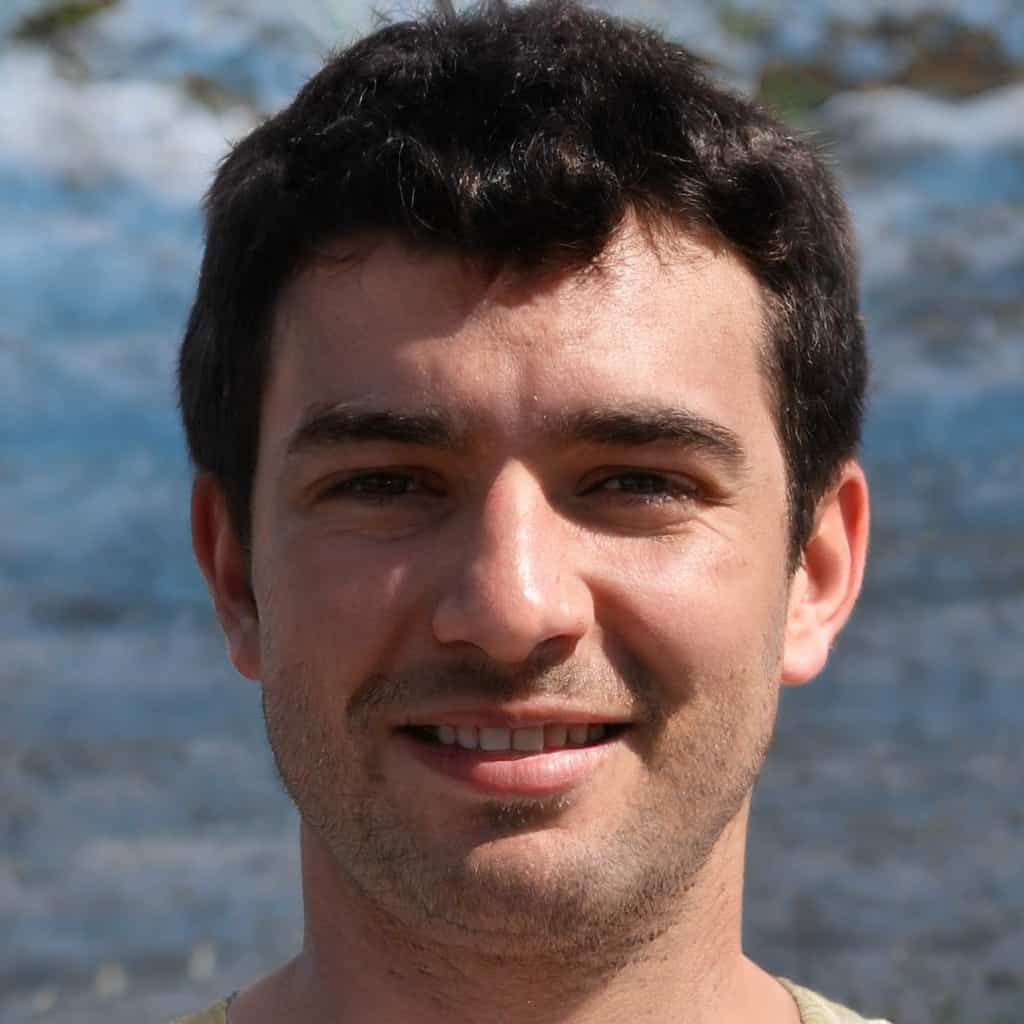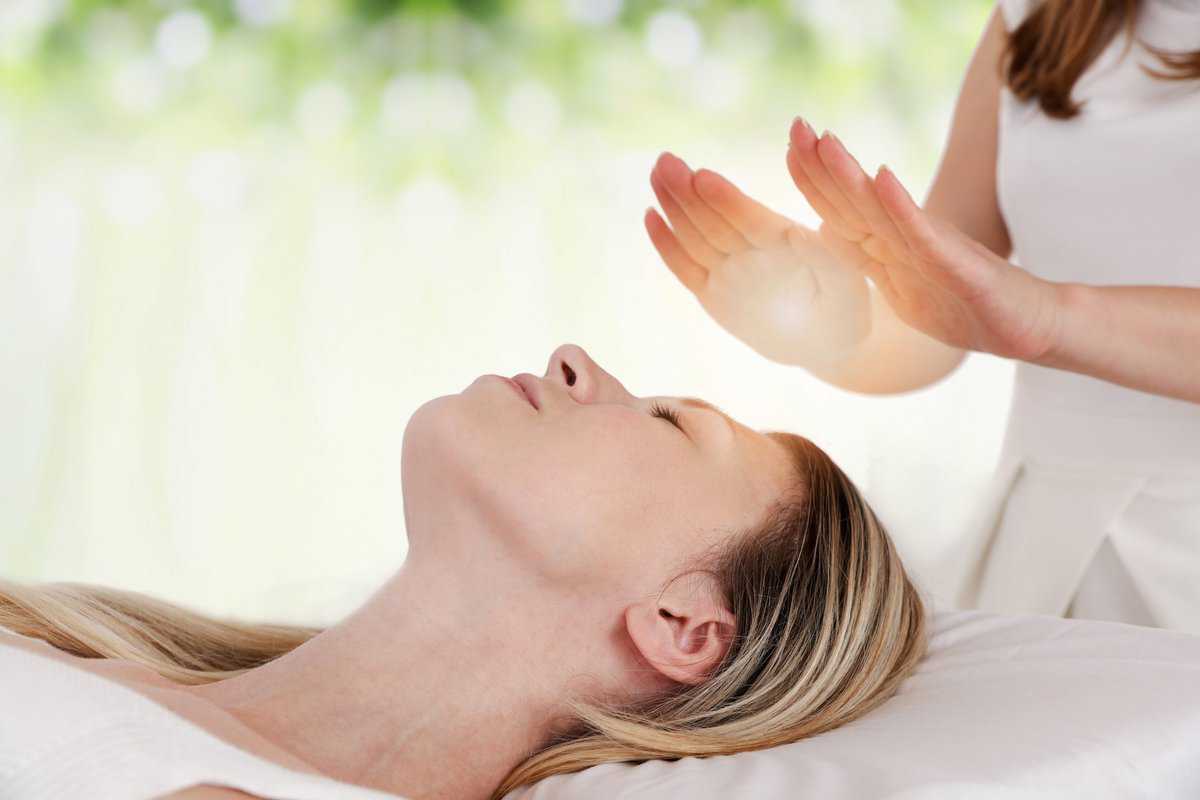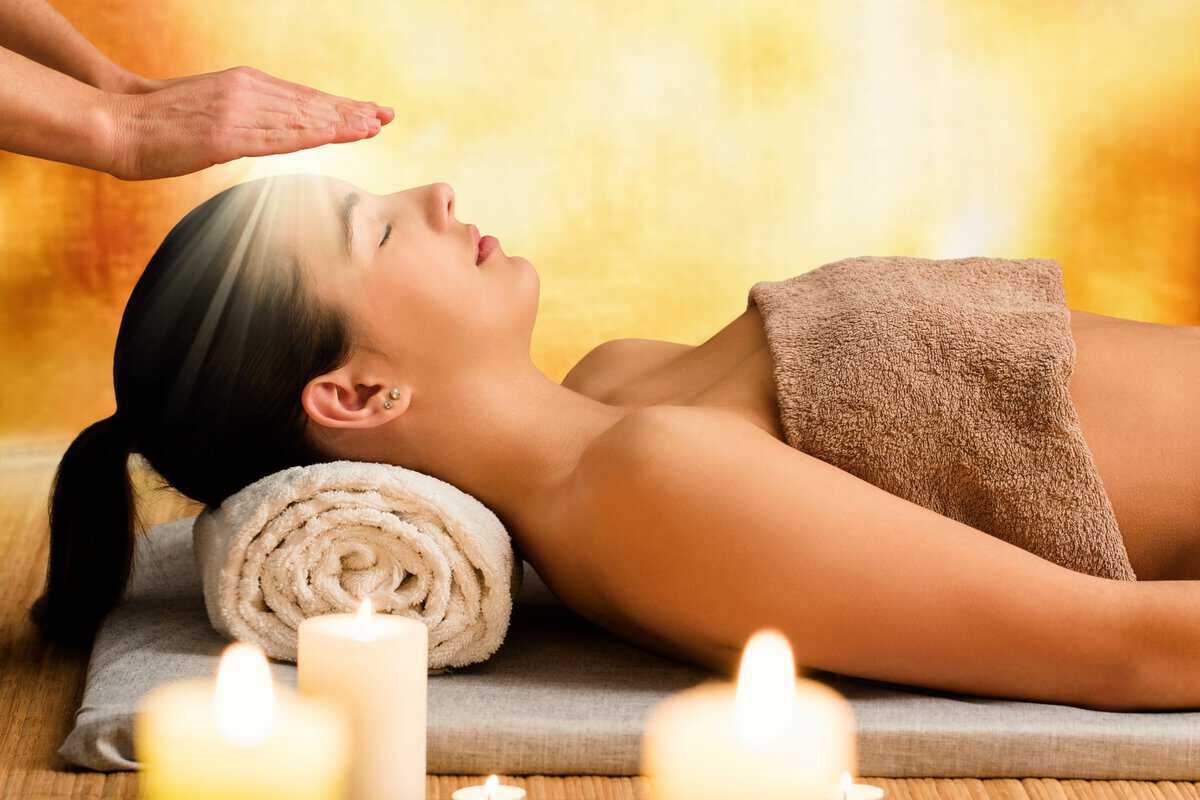What is a holistic healer or a holistic health practitioner?
A holistic healer blends ancient, spiritual wisdom with contemporary health standards.
It is an alternative approach to medicine – although an efficient one.
Holistic healers understand the interwoven nature of the human body, recognizing and addressing the pathways and connections between the physical, mental, and spiritual.
The methods they use range from herbal medicine to meditation and yoga.
How efficient are their methods in resolving health issues? Let’s take a closer look.
Here’s everything you need to know about holistic healers – and more.
1. What Is Holistic Healing?
Holistic healing includes a thorough, all-encompassing approach to health.
For example, if you see a holistic practitioner due to physical illness, the treatment you receive addresses every aspect of your well-being – not just the physical symptoms.
When the body is unwell, it directly affects the mind and spirit.
Because of this, holistic healers abstain from isolating the problem and instead focus on addressing the whole picture, resulting in a more comprehensive approach to healing.
Seeing a holistic practitioner sparks a cascade of positive effects on your health.
The only way to heal – and stay healthy – is to achieve a higher sense of balance.
Despite this, a holistic healer never overlooks the root cause of a problem because the root cause provides answers and insights into a person’s well-being and ongoing health issues.
Treating it enables the practitioner to harmonize the entire body systematically.
Because of this, a holistic healer doesn’t adhere to a fixed blueprint; each experience is personalized through and through, tailored to meet the patient’s specific needs instead.
A holistic health practitioner never gives singular advice and sends the patient on their jolly way. Instead, they thoroughly address the issue, factoring in lifestyle choices.
While naturopathic doctors exclusively use natural remedies, a holistic practitioner embraces conventional medicine when necessary to ensure the patient’s well-being.
However, the treatment varies extensively depending on the patient’s unique needs.
The best part? The treatment always has long-term positive benefits. Integrating the healer’s practices into your day-to-day life has a strong emphasis on preventive care.
For example, meditation and yoga can heal – but they can also sustain harmony.
A holistic healer resolves the issue and paves the way to a healthier life.
2. What Does a Holistic Healer Do?
How does holistic healing work precisely? What methods and treatments are used?
Well, the solution varies extensively depending on the issue at hand.
However, a patient rarely – if ever – undergoes one treatment. A holistic practitioner combines a mix of treatments to alleviate ailments and nurture long-term wellness.
How efficient are these methods – and what are they, exactly?
Let’s take a closer look at some of these therapies.
3. Herbal Medicine
Herbal medicine – what is it, exactly? It involves utilizing plant-based remedies to target health issues, with healers carefully selecting plants based on their therapeutic properties.
The philosophy is based on using natural remedies to support overall well-being.
Unwanted side effects are less common, making it a gentle, non-invasive therapy.
Practitioners use various plants, leaves, roots, and flowers for healing.
Some worth mentioning are: ginger, chamomile, lavender, and raw garlic. The list goes on, depending on the specific issue at hand. Healers know what herbs work effectively.
For example, a practitioner may advise using lavender for stress relief.
Chamomile is another popular choice for patients who struggle with sleep difficulties.
Ginger can be used effectively to resolve digestive problems – and so on.
Besides tackling specific issues, herbal medicine promotes long-term health and well-being, making it an obvious choice of therapy for healers committed to thorough care.
It is not uncommon for practitioners to combine herbs or use custom blends to treat symptoms. The versatility of herbs allows healers to create remedies for specific needs.
Therefore, herbal medicine is a safe treatment option, synonymous with holistic healing.
4. Yoga and Meditation
Yoga and meditation are integral to a healthy, spiritually enriched lifestyle.
A holistic healer might suggest them when there are no apparent health challenges.
Why? Because these practices rejuvenate the body, mind, and soul. And that perfectly encapsulates what holism signifies – a study of the whole rather than the separate.
Both yoga and meditation are powerful tools for alleviating stress in a chaotic world. Five to ten minutes daily can make all the difference, helping you stay centered and balanced.
Practicing yoga and meditation enhances awareness of the present moment – the now.
Being mindful of thoughts and emotions cultivates a deeper connection with oneself.
The more self-knowledge you attain, the more resilient you become to energy leaks.
Speaking of which, practicing yoga and meditation cultivates balance. In other words, you ensure a continuous stream of energy, uncorrupted by negativity or disturbances.
You become more in control of yourself and – as a result – everything around you.
Intriguingly, a holistic practitioner might recommend holding shamanic stones in the palms of your hands – or placing them around your home to deepen the benefits.
A holistic healer expertly combines practices to ensure long-term health and well-being.
How do yoga and meditation help accomplish that?
Both yoga and meditation offer physical benefits. Why? Because they engage the body in gentle yet robust movements and postures, developing flexibility, strength, and vitality.
More than that, they cultivate a deeper connection with your inner world – your emotions.
Finally, yoga and meditation are crucial practices for spiritual growth.
So, it’s no surprise that nearly all holistic practitioners recommend these practices.
5. Acupuncture
Acupuncture, frequently used by holistic practitioners, is a form of alternative medicine.
Specifically, it is an ancient therapy in traditional Chinese medicine.
What is it, exactly? How does acupuncture therapy work?
While serving as an effective stress reliever, acupuncture also holds benefits for pain relief – and this is why health practitioners turn to it to treat chronic and acute pain.
It is often utilized for conditions like arthritis or migraines.
A practitioner pinpoints specific body points for immediate relief and a soothing effect.
Besides pain management, acupuncture uplifts your mood, inducing a state of relaxation similar to the effect of a therapeutic massage. People leave the clinic feeling lighter.
Acupuncture has a history of 4,000 years, but it remains relevant today – even in Western medicine. More and more people are delving into the benefits of alternative medicine.
The fine needles used in acupuncture are effective in harmonizing energy flow.
In other words, the practice balances inner energy – known as Qi.
Sustaining the unobstructed flow of energy ensures enduring health and well-being.
Health practitioners frequently turn to acupuncture to treat physical symptoms.
Like all holistic practices, the benefits extend beyond the physical realm.
6. Diet & Exercise
A healthy lifestyle is incomplete without a balanced diet and regular exercise.
Certain types of holistic healers advise how to structure your diet and organize your exercise routine, helping you maintain balanced energy levels throughout the day.
Why? Because the benefits nourish the body, mind, and soul.
A well-structured diet plan and exercise routine contribute to your overall health.
But it’s not just about the physical aspect.
Making smart dietary choices and exercising regularly cultivate emotional well-being, increasing self-awareness. A healthy body lays the groundwork for self-improvement.
More than that, mental clarity and sharpness are only possible through regular exercise.
The only way to keep the mind sharp is to keep the body functional and optimal.
A well-designed diet and exercise plan leads to benefits in every health aspect.
In addition to helping in healing and recovery, diet and exercise ensure disease prevention, warding off various health issues and contributing to long-term wellness.
A strengthened immune system works to help the body resist diseases.
Making a diet and exercise plan is easy, but sticking to it? Not so much. That’s where a holistic health practitioner comes in, creating a personalized, easy-to-follow approach.
You can persist toward your health goals with the doctor’s guidance and encouragement.
Diet and exercise embody the comprehensive approach of holistic medicine.
Even if you’re sick, holism aims to heal and help you stay healthy by guiding you to make informed decisions, modify necessary lifestyle choices, and cultivate long-term health.
7. Body Massage
If you’re experiencing physical discomfort, a holistic health practitioner may suggest body massage as a therapeutic solution, helping relieve tension and promote relaxation.
Like all holistic health practices, it’s two or more birds with one stone.
A body massage reduces stress and anxiety, allowing you to reclaim balance. Massage therapy has many health benefits, even if you’re at the physical peak of performance.
A massage actively nurtures and supports emotional and mental health, which is why it’s an integral part of holistic medicine, recognizing the interconnected nature of the body.
It’s a natural way to detoxify the body, improve circulation, and release muscle tension.
More than that, message therapy helps balance the body’s energy and sustain harmony.
A holistic doctor may prescribe massage therapy as an essential practice to address individual symptoms. However, they may suggest it preventively for those in good health.
How often should you go for a massage, though? As often as you can.
In other words, consistency is essential for long-term health and wellness.
Although body massage is an inseparable part of holistic medicine, not all messages are the same. Each holistic practitioner knows what message therapy yields the best benefits.
8. Other Holistic Practices and Therapies
What other practices are holistic?
The therapies recommended by practitioners vary on a patient-to-patient basis.
Nevertheless, some therapy solutions are more common than others.
Let’s look at some other alternative, traditional, or natural holistic health practices.
• Biofeedback
The purpose of biofeedback lies in reclaiming awareness and control.
In other words, you learn to control bodily responses to internal or external stimuli.
How does biofeedback work, exactly?
During biofeedback therapy, a patient is connected and monitored with the help of a biofeedback device responsible for measuring the patient’s heart rate and temperature.
Biofeedback helps patients relieve anxiety and can treat disorders like PTSD and MDD.
• Reiki
Reiki is an ancient traditional Japanese practice dating back 2,500 years.
How can Reiki help patients? What benefits does it provide?
Holistic health practitioners can select from a range of traditional treatments. Why Reiki?
Reiki is holistic because it removes energy blockades and stimulates healing.
With Reiki, a practitioner can help a patient harmonize the body’s energy system.
In other words, they can restore balance by targeting specific points – chakras.
While Reiki may not be classified as a medical practice, its benefits are undeniable.
• Stones & Crystals
Various stones and crystals are often utilized by holistic health practitioners for their spiritual and medicinal properties, helping people open their souls to receive healing.
Each stone and crystal has a unique energy and vibration.
Sometimes, a holistic health practitioner may draw or paint shaman symbols on stones and crystals to elevate their energetic properties and unlock and unleash their full potential.
Stones and crystals can be used for many purposes, including yoga and meditation.
The best way to use them is to tap into their energies during other health practices.
• Acupressure
Like acupuncture, the practice of acupressure targets specific points on the body.
To maintain optimal health, holistic practitioners may recommend acupressure therapy to nourish and stabilize the body’s inner energy – Qi. This alleviates tension and anxiety.
In acupressure, practitioners may use fingers, thumbs, and even specialized tools to apply pressure to so-called acupoints, releasing tension and unblocking energy pathways.
Acupressure is good for physical, emotional, and mental health – making it holistic.
It can address various health concerns and cultivate a healthier life.
• Guided Imagery
Similar to meditation and mindfulness, guided imagery is a relaxation technique.
The idea is straightforward: you sit or lie down and imagine a happy place. It can be anything. Some people imagine a beach they visited. Others envision a rich forest.
The therapy works only if the place you imagine is peaceful and soul-soothing.
But how does guided imagery work, exactly? What benefits does it provide?
The power of imagination should not be overlooked. When you think – things happen. And, more importantly, things change. Imagination can redirect your body’s energy.
With guided imagery, practitioners help patients achieve a more positive mental state.
Vivid mental images can be crucial in evoking a new sense of calm and creating a self-care environment that encourages the brain to think positively and optimistically.
Guided imagery can significantly improve your mood and reduce stress and anxiety.
It’s a well-received practice for individuals on the path to self-healing and balance.
Speaking of which, there are numerous other holistic health practices worth delving into.
Trust your health practitioner to guide you through the experience, ensuring good health.
9. Does Holistic Medicine Really Work?
Now that we have examined the various holistic practices and treatments – do they work?
Or is it, as some would say, pseudoscience? What is holism, anyway?
Holistic medicine emphasizes treating the whole person – the body, mind, and soul.
In other words, holism prioritizes the interconnected nature of the physical, emotional, mental, and spiritual. These practices encompass the whole being – not just one part.
And there’s no doubt or dilemma about what holism represents.
But does it work? How efficient are holistic methods, precisely? Is it just make-believe?
There’s no denying that holistic practices yield some benefits. For example, whether or not you agree with holism, massage therapy is helpful. It has a positive effect on your health.
However, many claim holistic practices have significantly changed their lives, improving their health and well-being, reducing stress, and addressing different health problems.
Still, alternative medicine should complement the conventional medical approach. One should not substitute the other. Most holistic practitioners intertwine both approaches.
The efficiency of holistic medicine – like any medicine – depends on the specific health concerns being addressed. Nevertheless, these practices have a positive effect on your life.
It isn’t magic that solves any disease. But it does provide numerous health benefits.
Today, more and more people are exploring traditional, alternative approaches like holism.
People are revitalizing their spiritual side and recognizing the interconnected nature of the body, mind, and soul. What better way to cultivate good health than through holism?
It’s a patient-centered approach that wonderfully complements conventional healthcare.
10. In Conclusion
So, what’s the bottom line? What’s the meaning and purpose of a holistic healer?
A holistic health practitioner provides medical care through alternative, traditional methods focused on stabilizing the physical, emotional, mental, and spiritual.
The treatments differ from person to person – but the benefits are there.
Holistic healers can be more spiritually open-minded and even draw healing energy from shamanic symbols and stones that shamans use during the 7 stages of shamanic initiation.
For holistic treatments to work, be open to alternative healing methods.
The best part? You receive patient-oriented medical care to treat any disease or illness.

Painting and writing – these are two passions that I have been perfecting for a decade. I’m passionate about exploring the connections between the stars and numbers. Through insightful articles you can learn how these ancient practices can offer guidance, clarity, and self-discovery.











